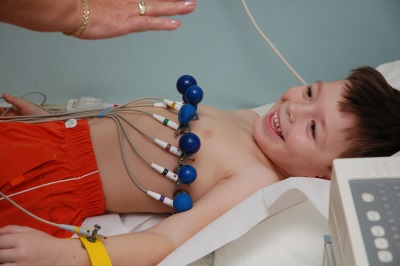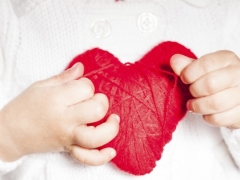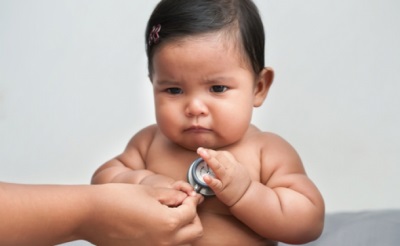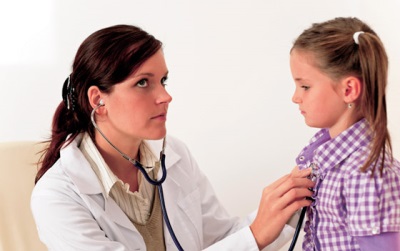Respiratory arrhythmia in children
Rhythm disturbances diagnosed in childhood are often represented by respiratory arrhythmia. It is not attributed to pathologies, but is considered a physiological state, which occurs in many babies. It is characterized by a change in heart rate during deep breathing, when heart contractions become more frequent with inhalation and return to the age norm during expiration.
The reasons
The main reason for the frequent diagnosis of respiratory arrhythmia in children is the immaturity of the children's nervous system. Such rhythm changes are often detected in premature babies, in babies with encephalopathies or with increased intracranial pressure, as well as in obese children.
Especially often such an arrhythmia is diagnosed at the age of 6-10 years, since during this period there is an intensive growth of the organism, and the autonomic nervous system does not have time to adapt to it.
Sometimes respiratory arrhythmia is one of the symptoms of congenital heart disease. Its appearance can also be caused by vegetovascular disorders, increased excitability of the nervous system, or changes in hormonal levels during adolescence.
Symptoms
In most cases, rhythm disturbances caused by deep breathing do not manifest in any way in a child and do not disturb its general condition. The baby often does not feel changes in the heart rate during breathing, and only occasionally some children may notice a pulsation in the temples or a feeling of heartbeat.
Is it dangerous
Sinus respiratory arrhythmia in children, not associated with heart defects and other diseases, does not pose a health hazard and does not cause any complications in the work of the heart.
Diagnostics
Most often, respiratory arrhythmia in children is detected during routine examinations, when the doctor listens to the child's heart, as well as during an ECG or ultrasound of the heart.
To confirm its occurrence, the child is asked to breathe deeply during the examination.

Treatment
If the respiratory arrhythmia is the only symptom in a child, it does not require treatment. Therapy is prescribed only in situations where such a rhythm disturbance is a symptom of more serious diseases.
Prevention
To prevent the child’s heart rate from being disturbed, you should:
- Balance baby's nutrition, so that he gets enough minerals and vitamins with food.
- Limit heavy exercise.
- Time to cure diseases, revealed in childhood, without resorting to self-treatment.
- Sort the day routine child, providing him with a full sleep and rest during the day.
- Just walk in the fresh air.
- Normalize the weight of the child.
- Try protect the baby from stressful situations.
For more information about arrhythmias, see the following videos.












